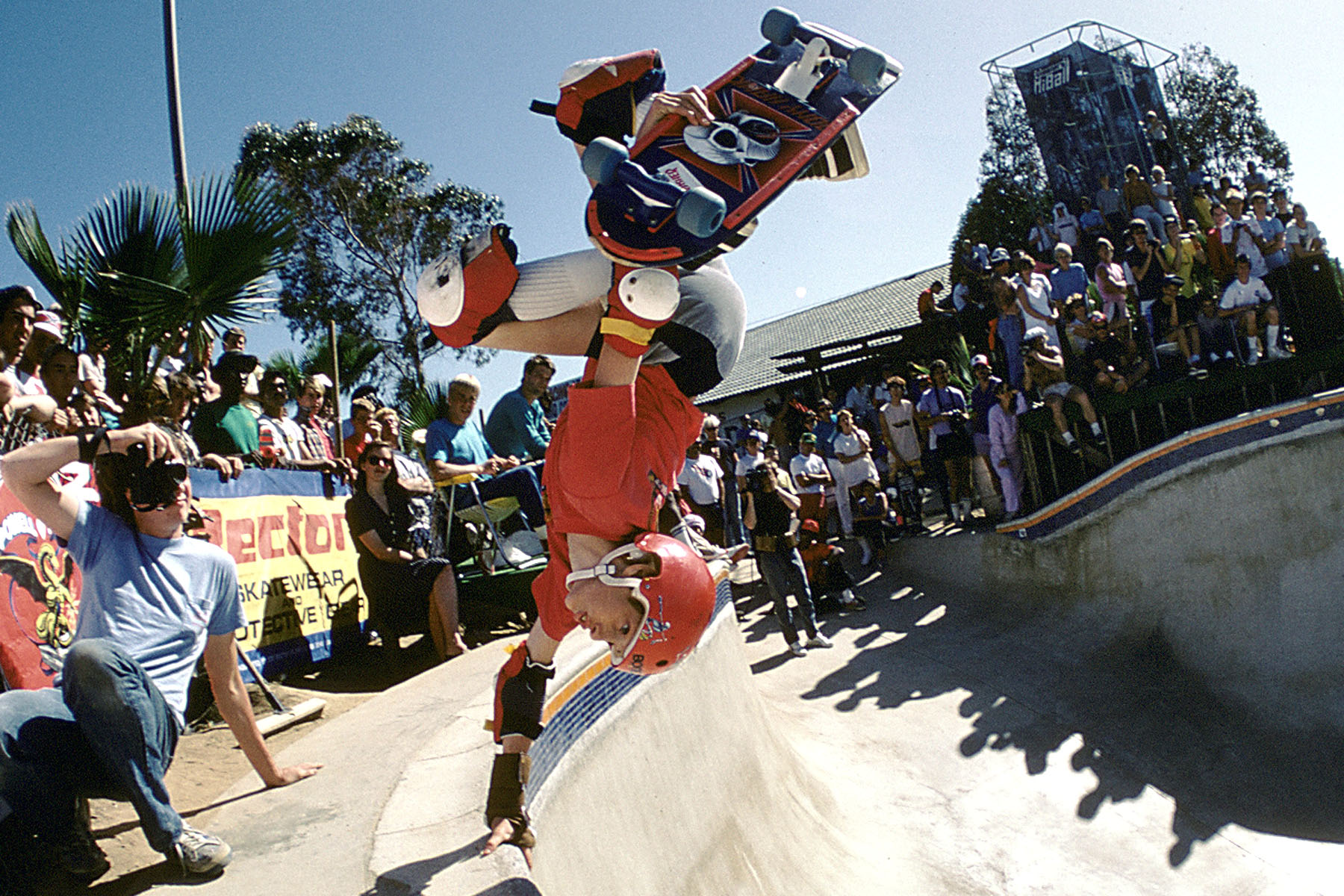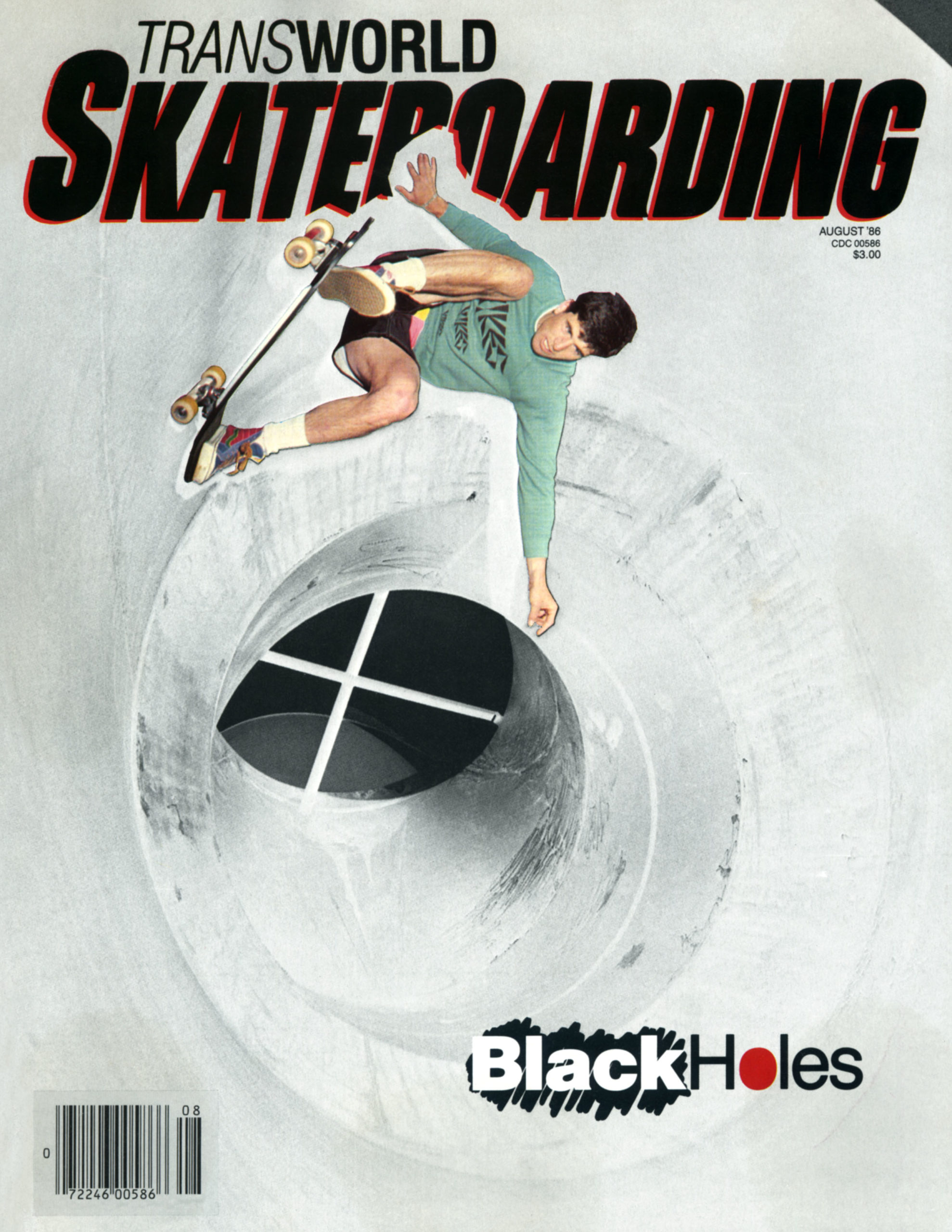
Skateboarder
‘SkateBoarder magazine was an incredible job which never felt like work, and introduced me to the skate scenes world-wide.’
Jim Goodrich
SkateBoarder
Staff Photographer
August 2022
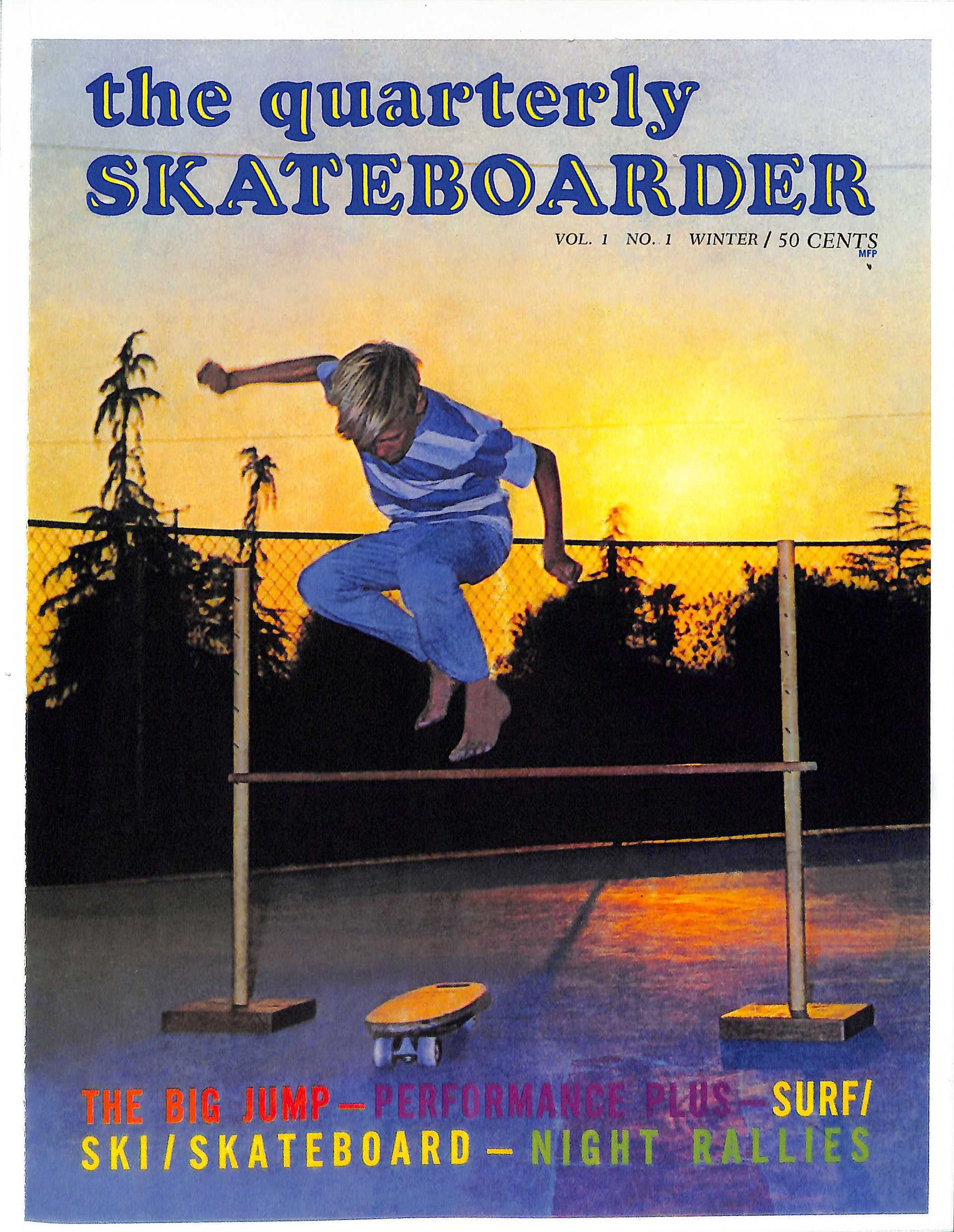

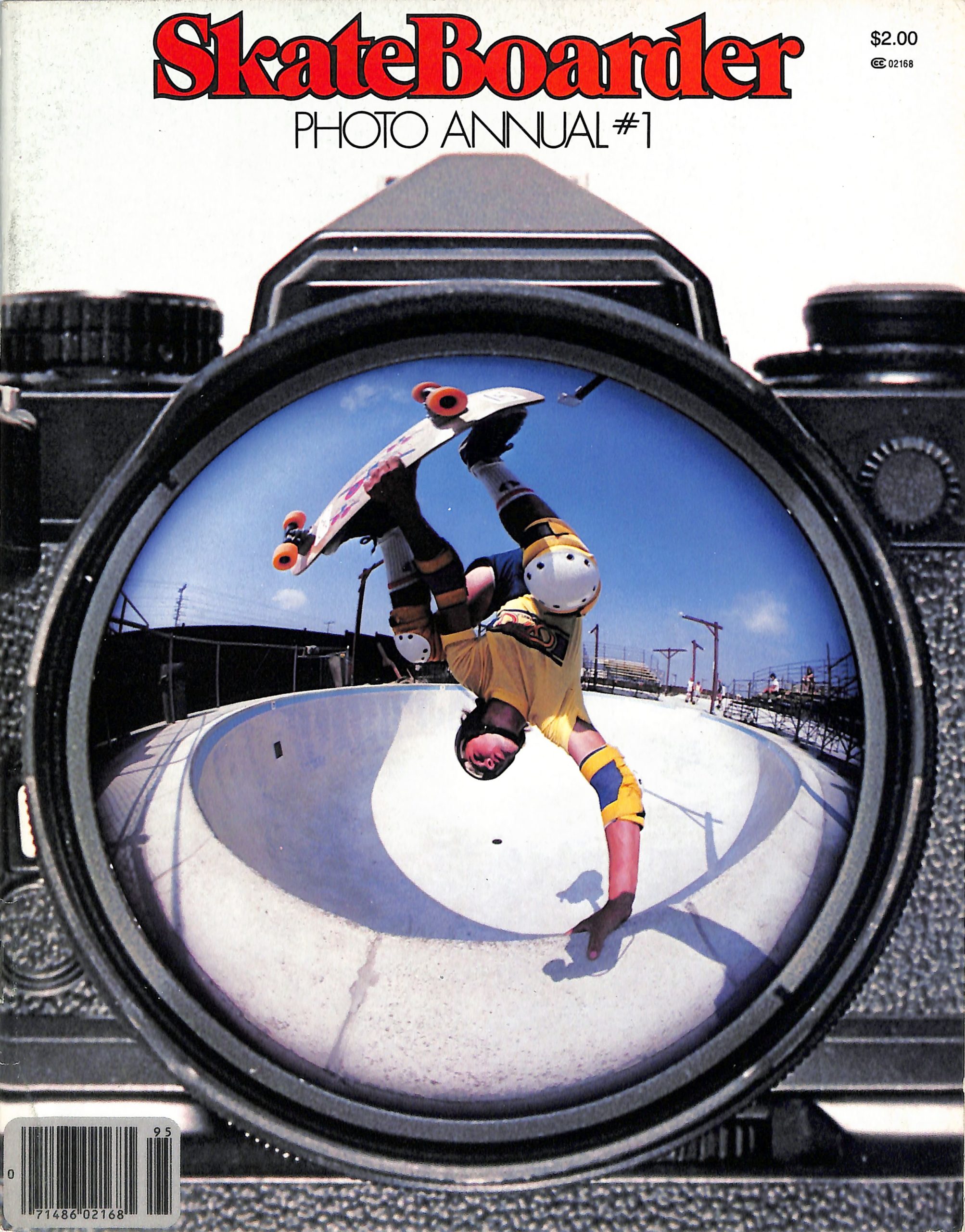
The very first skatemag ‘The Quarterly Skateboarder’ started in 1964 and ended a year later after only 4 issues. Were you aware of the mag at that time?
I was only 10 years old in 1964 and unaware of The Quarterly Skateboarder magazine, or even the skate scene at that time.
In 1975 production of SkateBoarder started again with Warren Bolster as editor. Was he around when you started working for the mag?
I first started skating in 1976 and became aware of SkateBoarder magazine shortly afterwards. Warren was the person who hired me in January 1978, and I saw him frequently at the magazine office, as well as at skate events. Sadly, he left the magazine later that year.
How did you end up working for the SkateBoarder?
A few months after I started skateboarding in 1976, I broke my arm and picked up a camera to shoot my fellow skaters while my arm was healing. I spent a lot of time at La Costa, which is where I first met Warren, as well as most of the top skaters at the time. Each week I would bring the slides of the photos I had shot the previous week to show the skaters. One day, Warren asked to see my photos and really liked them. He asked to take my slides for possible publication, and about 6 months later (in January 1978) he hired me on staff.
What was your role?
I was their staff photographer, but also wrote articles to go with my photos.
Have you shot a couple of cover shots?
I shot three SkateBoarder magazine covers, as well as three covers for TransWorld Skateboarding magazine.
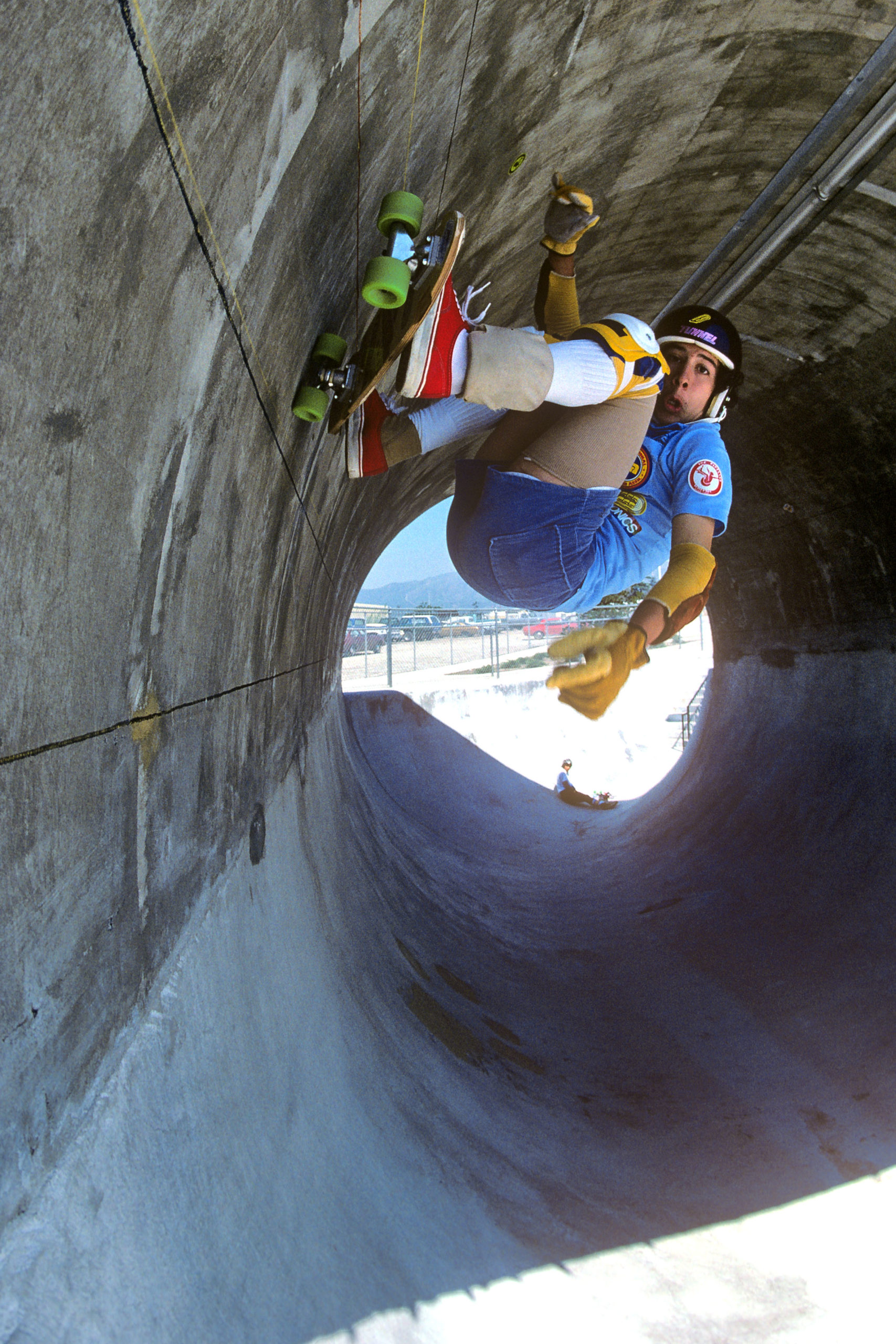
Can you tell us something about yourself?
I was born and raised in San Diego. I was a pretty shy and average kid growing up, but had a real passion for exploring the world and experiencing all that it had to offer. I had some interest in photography in high school, but it wasn’t until I discovered skateboarding that I developed a real passion for it. I also enjoyed graphic design and other art forms.
What was it like to work for SkateBoarder?
SkateBoarder magazine was an incredible job which never felt like work, and introduced me to the skate scenes world-wide. It involved extensive travel experiencing not only the skate scenes, but the cultures in each of those places. We had a great staff of people who were all in it for the love of skateboarding.
What was the most memorable trip you have done?
That would definitely be a trip to Caracas, Venezuela for a SkateBoarder magazine article in 1979. It was a trip promoting the Super Skate Show, which was a series of demos, events, and TV appearances by Ellen Oneal, Tony Alva, Tim Scroggs, Mike McGill, Alan Gelfand, and Steve Rocco. It was the first time most of us had experienced a different country and culture, which sometimes got us into trouble.
‘It was the first time most of us had experienced a different country and culture, which sometimes got us into trouble.’

Do you remember how much you got paid?
The staffers were paid a salary of $300 a month, plus a fee for each photo shot and article written (I don’t recall what the pay rates were). I also made money on the side shooting ads for the various skate companies.
Do you remember if there were any backlashes from readers on controversial content or ads?
There were some issues from parents since the magazine was geared towards a younger audience, but the adult public in general didn’t like skateboarding at the time. The skaters loved us, and the magazine had a huge positive influence on the health and progression of the sport. Most of the controversy over content was with Thrasher magazine.
When did SkateBoarder shut down again and do you know why?
There were a variety of reasons. In late 1979 skateboarding went through a serious depression and the skate companies struggled to survive. Around the same time, the insurance companies raised their rates, or canceled policies for the skateparks, which led to the closure of most of the original parks. Many skaters quit skating and the manufacturers couldn’t afford the ads to support SkateBoarder. The magazine attempted to survive in 1980 by creating Action Now, which widened their advertising base with a more diverse content. But that format didn’t last long and they eventually ceased publishing.
‘The magazine attempted to survive in 1980 by creating Action Now, which widened their advertising base with a more diverse content.’
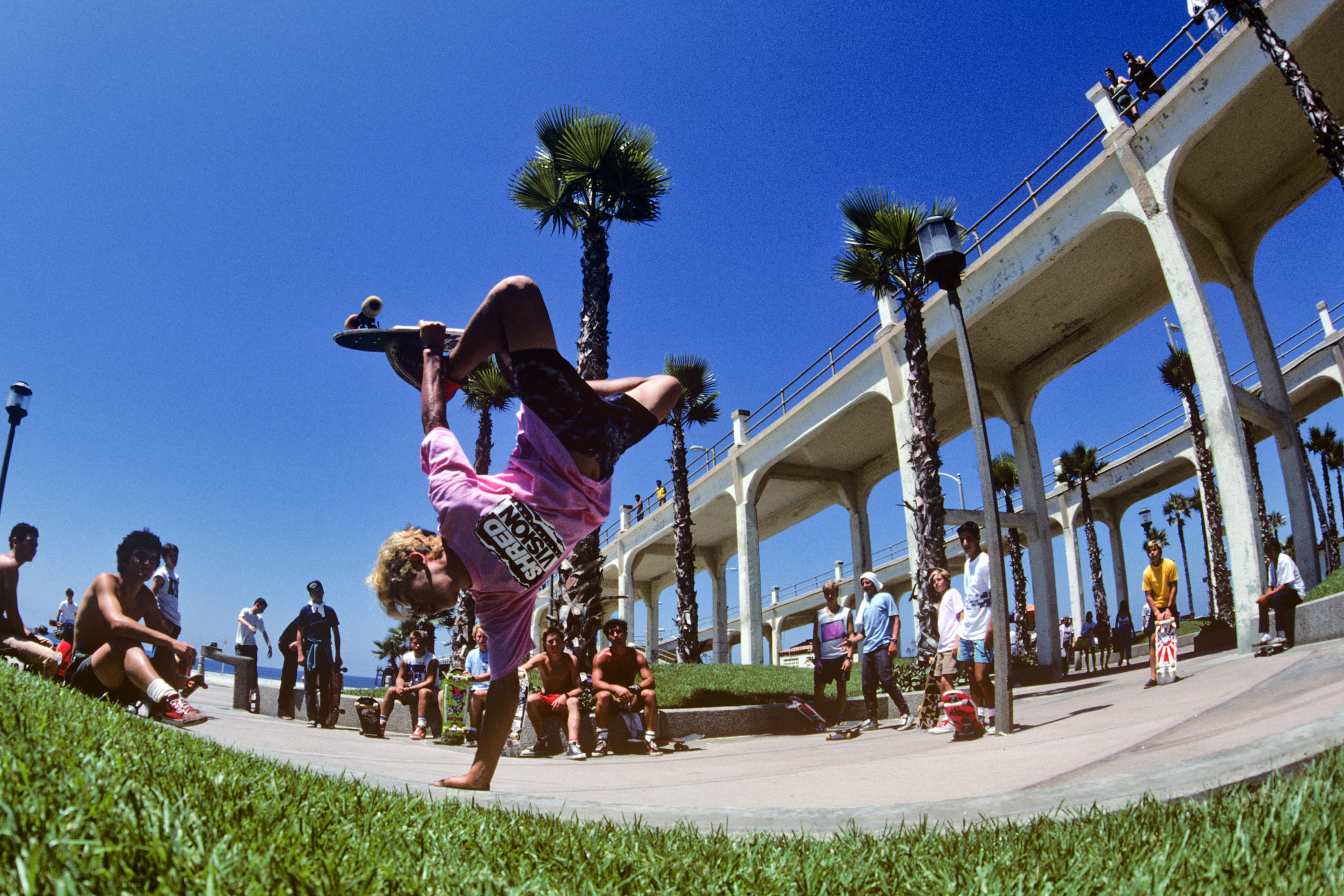
When did you leave SkateBoarder and why?
I left SkateBoarder in May 1980 when they changed to Action Now. I left for two reasons: I just didn’t have an interest in shooting other topics, and it became very difficult to make a living due to their tight budget.
How was your time as Managing Editor at TWS compared to SkateBoarder?
After leaving SkateBoarder, I was general manager and team coach at Gullwing for about 5 years. I was very happy there, but in May 1985 I was offered the job at TWS magazine. I did miss shooting skate photos during that time, but I really enjoyed the job. We had an incredibly talented staff, like Grant Brittain, Gary Scott Davis, Dave Carson, Neil Blender, Lance Mountain, and Miki Vuckovich.
Anything TWS could have done differently to still be around today?
As a new magazine in the 1980s, we certainly made some mistakes along the way, but we had a very talented and dedicated staff and I don’t believe there was anything we could have done differently to avoid the inevitable progression from print media to digital.
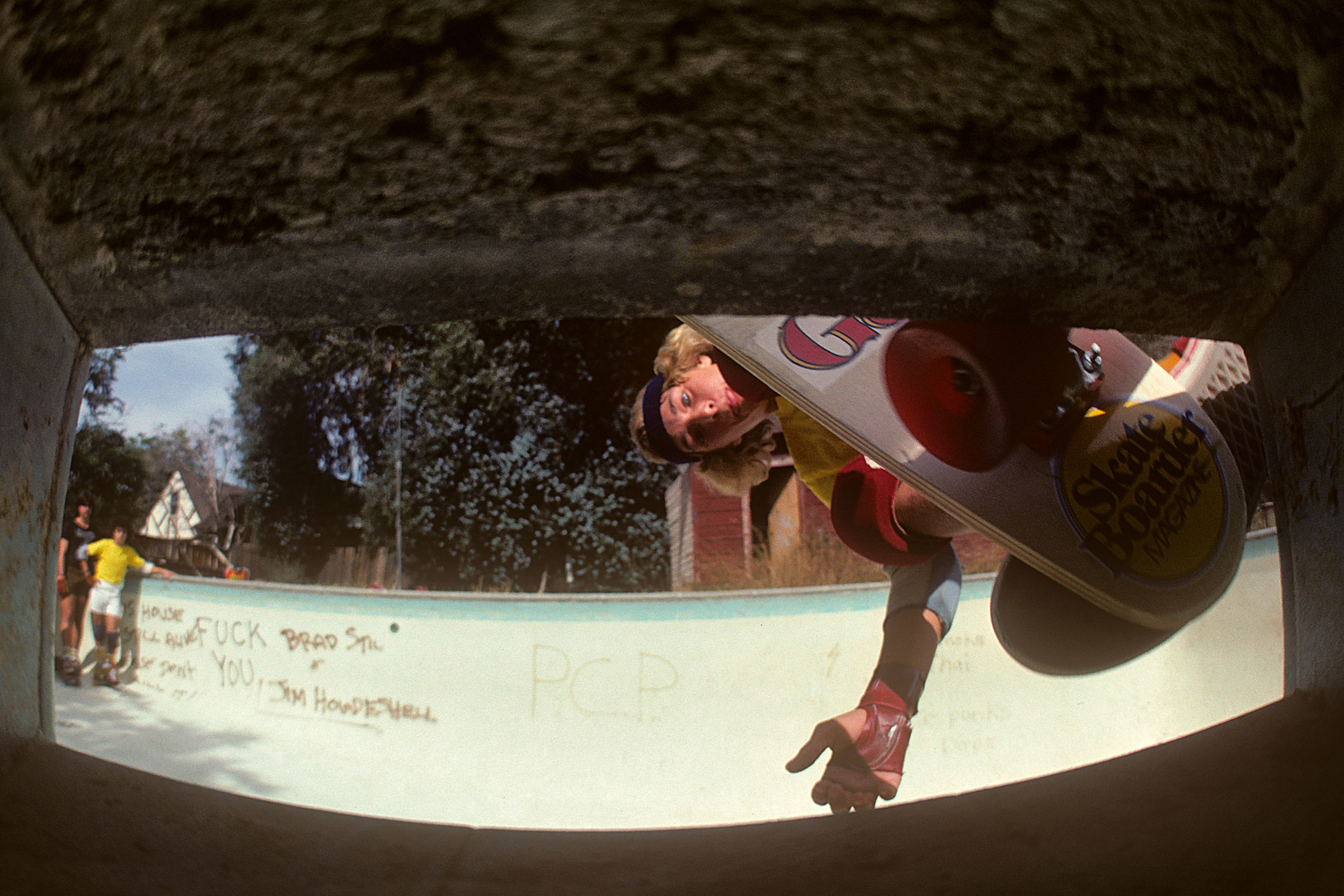
You left the skateboard industry in 1986. Why?
It was due to a variety of reasons. The skateboarding industry had changed so much and I began to feel less connected to the current scene. I was also burned out after 10 years in the industry and wanted to try new things.
How do you feel about the disappearance of print and skate mags the past few years?
It’s been sad to see the printed skate magazines cease publication, but they were replaced by online publishers and social media, which has reached an even larger market. Those changes have made it difficult for new photographers to make a living at it, but cell phones and cheap cameras have created a new generation of photographers who will continue to capture the scene as it happens.
Do you feel there will be a revival? A revival of print skate magazines?
No, I don’t believe so. Print media has become a small and specialized market now and I don’t see that changing.

If you could interview one person, who would it be and why?
I’ve interviewed so many skaters over the years. I don’t think I could narrow it down to just one person. Stacy Peralta, for being one of the most intelligent, talented, and creative people in skateboarding, and for contributing so much to our industry. Rodney Mullen, for his creative talents, genius, and contributions to skating. Andy Anderson, for his intelligence, creative and innovative skills, and his impact on the industry in changing so many skate norms.
On that note, which interview you have done stands out the most for you personally and why?
Most of the interviews were personal since I was friends with each of them, but the most memorable, fun, and interesting interview one was with Christian Hosoi. It took place at Christian’s home with his father, Ivan. Christian was very young at the time, but even then he was starting to exhibit an intense passion and wild, creative style. Christian and Ivan were both smoking weed during the interview, which added some comic elements to it.
‘Andy Anderson, for his intelligence, creative and innovative skills, and his impact on the industry in changing so many skate norms.’
